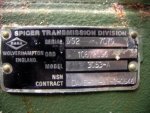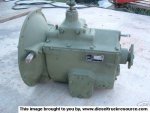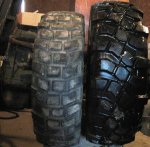You really don't even have to go through that trouble. You can prove it mathematically very easily if you know just a little information.
For argument sake, assume the following:
Original Setup
Engine RPM = 2,500
Original Tire Diameter = 40"
Speed = 45 mph
Potential Setup
Engine RPM = 2,500
Proposed Tire Diameter = 46"
Speed = X
To solve for X all you need to do is determine the ratio between the original and proposed tire size diameters. In this example the ratio is 46/40 = 1.15. That means that your new top speed would be 15% greater than your original top speed. In this example that means 45mph * 1.15 = 51.75mph. This is the most simplified way that I can think of to estimate a speed based on tire size (it does not account for things such as wind resistance and rolling resistance that could restrict the RPM's from reaching the original level and it is assumed that these factors are negligible (for instance this method would not work well if you planned on installing tires that were 10' tall)).
So, if you know what the diameter of your existing tires are and what speed you can attain from them at a certain RPM, then you can figure out your new theoretical top speed based on the new tire diameter. A good source for tire diameter information is:
Army Military Tires
![Thumbs Up [thumbzup] [thumbzup]](https://www.steelsoldiers.com/images/smilies/icon_smile_thumzup.gif)
. Mabey I can talk the wife into doing it this weekend for you
.






